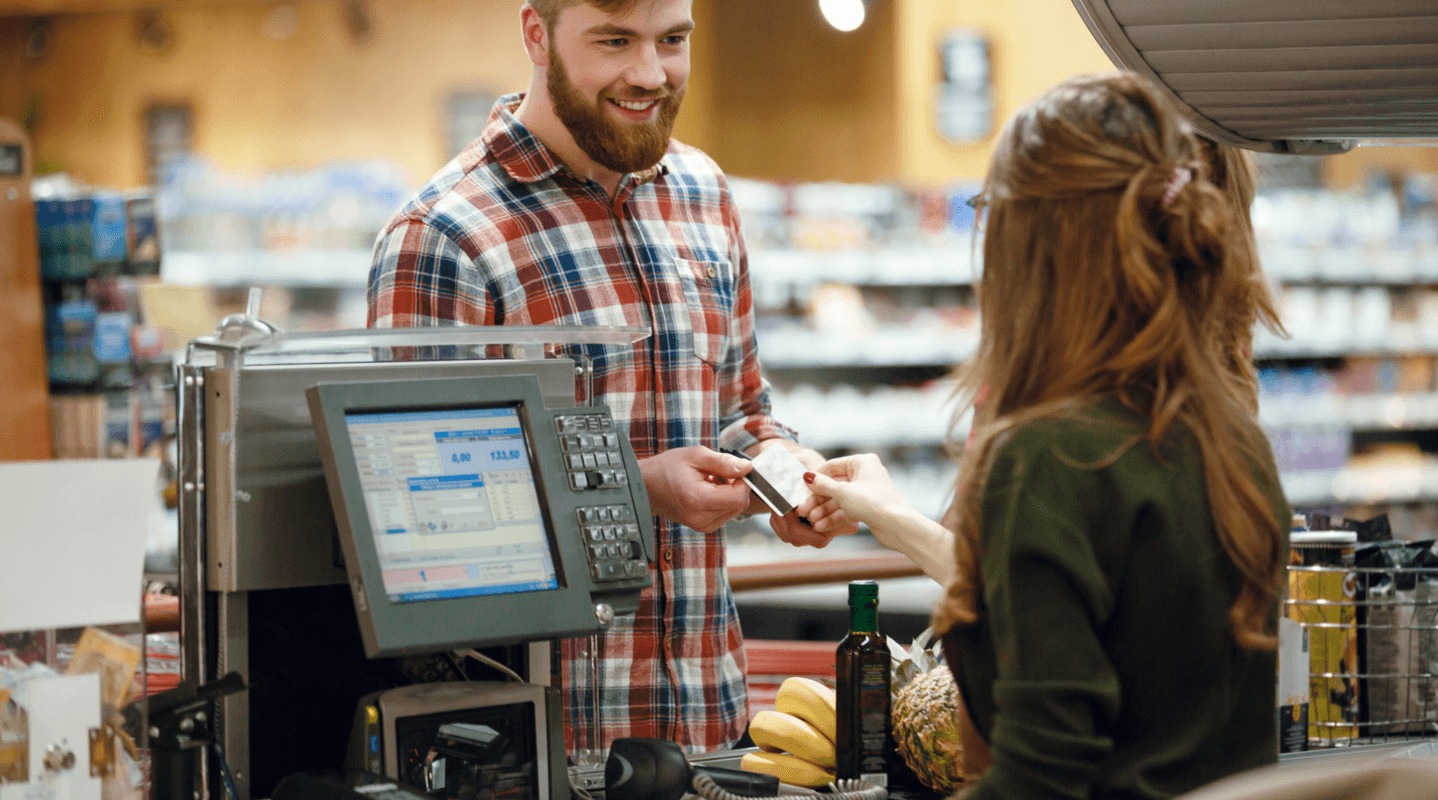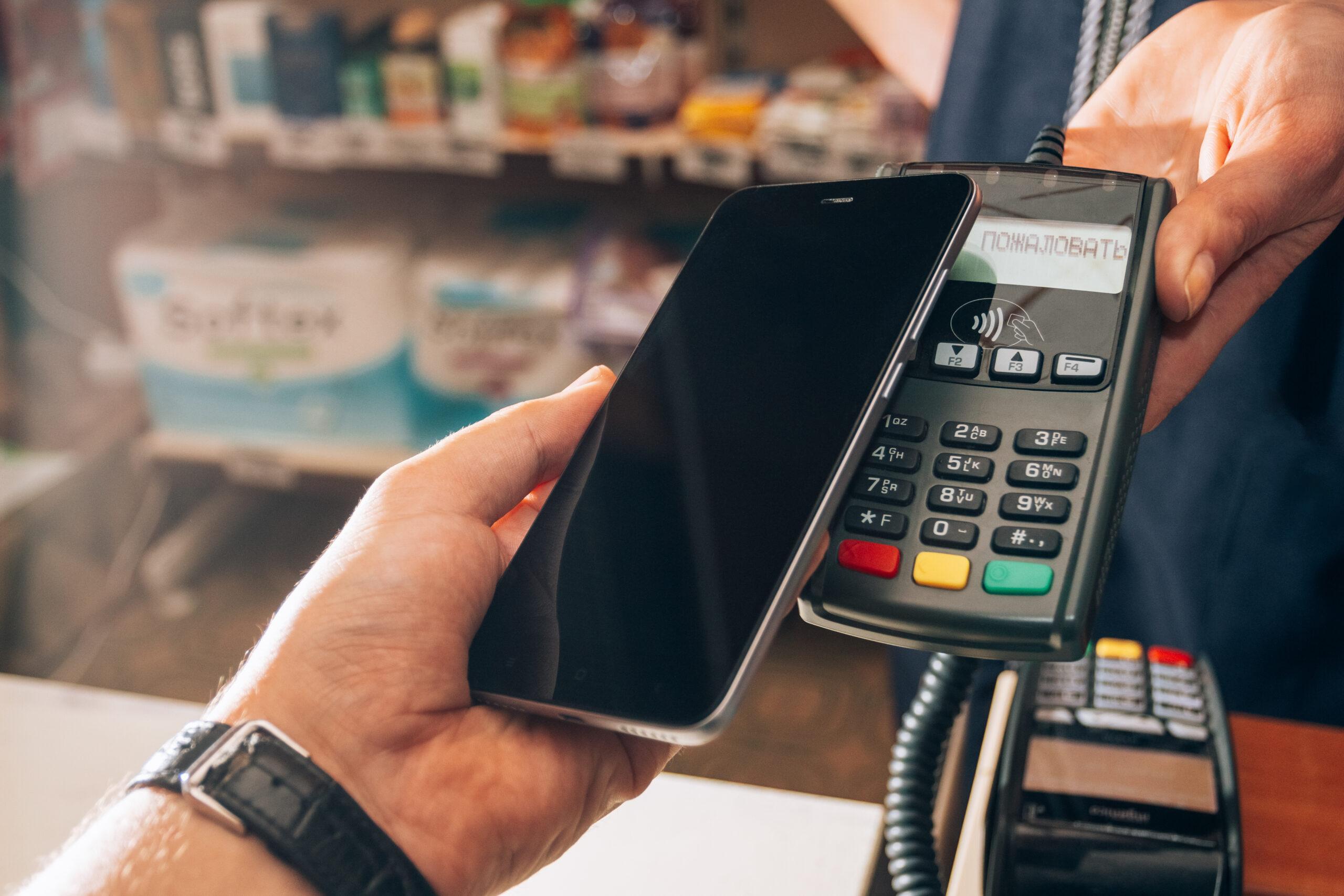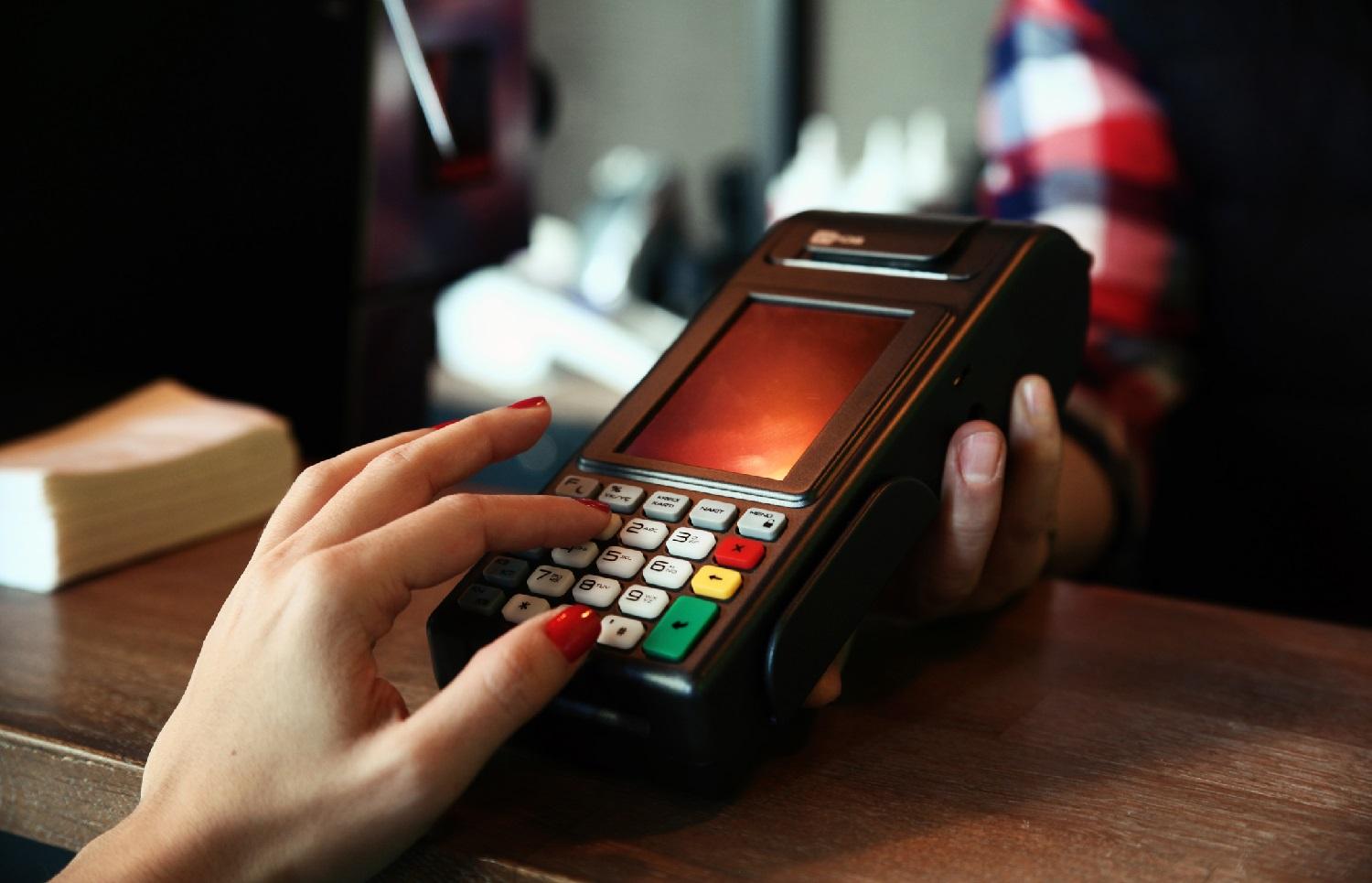MENU
Starting a Business
- Best Small Business Loans
- Best Business Internet Service
- Best Online Payroll Service
- Best Business Phone Systems
Our Top Picks
- OnPay Payroll Review
- ADP Payroll Review
- Ooma Office Review
- RingCentral Review
Our In-Depth Reviews
Finance
- Best Accounting Software
- Best Merchant Services Providers
- Best Credit Card Processors
- Best Mobile Credit Card Processors
Our Top Picks
- Clover Review
- Merchant One Review
- QuickBooks Online Review
- Xero Accounting Review
Our In-Depth Reviews
- Accounting
- Finances
- Financial Solutions
- Funding
Explore More
Human Resources
- Best Human Resources Outsourcing Services
- Best Time and Attendance Software
- Best PEO Services
- Best Business Employee Retirement Plans
Our Top Picks
- Bambee Review
- Rippling HR Software Review
- TriNet Review
- Gusto Payroll Review
Our In-Depth Reviews
- Employees
- HR Solutions
- Hiring
- Managing
Explore More
Marketing and Sales
- Best Text Message Marketing Services
- Best CRM Software
- Best Email Marketing Services
- Best Website Builders
Our Top Picks
- Textedly Review
- Salesforce Review
- EZ Texting Review
- Textline Review
Our In-Depth Reviews
Technology
- Best GPS Fleet Management Software
- Best POS Systems
- Best Employee Monitoring Software
- Best Document Management Software
Our Top Picks
- Verizon Connect Fleet GPS Review
- Zoom Review
- Samsara Review
- Zoho CRM Review
Our In-Depth Reviews
Business Basics
- 4 Simple Steps to Valuing Your Small Business
- How to Write a Business Growth Plan
- 12 Business Skills You Need to Master
- How to Start a One-Person Business
Our Top Picks
5 Restaurant Employee Scams That Will Cost Your Business Big

Table of Contents
Most restaurant employees are hard workers and honest, and provide excellent service that attracts customers to your restaurant as much as your menu. However, internal employee theft is a problem plaguing some restaurants, thus leading to profit loss and an atmosphere of distrust.
The key to stopping employee-based restaurant scams is understanding how they occur and focusing on the most essential areas for theft detection and mitigation: inventory tracking, expense tracking, auditing and hands-on involvement.
5 restaurant employee scams to watch for
Toxic employees in restaurants often take advantage of employer trust and the sometimes hectic atmosphere of a successful eatery. Here are the top five employee restaurant scams, along with why they work – and how you can retake control.
1. The employee undercharges for orders and pockets the difference.
One common way dishonest restaurant workers steal money is by undercharging customers and pocketing the difference.
What happens:
A customer orders a $10 beer. The server charges the customer $10 but enters a $5 beer sale into the restaurant POS system. The server gives the customer the $10 beer and pockets the $5 difference.
Why it works:
When managers compare POS reports against the register take for that day, everything will look correct. However, in the physical inventory, a $10 beer will be inexplicably missing, and an extra $5 beer will be on the shelf.
This scam is popular because POS reports won’t detect a problem, and most restaurant owners don’t check the physical inventory. The only way to catch this scam is by cross-checking the most recent inventory in your POS system against the actual inventory in your restaurant. If something doesn’t match up, you have a potential problem.
Solutions:
To avoid this scam, consider the following:
- Don’t accept cash. Consider accepting only credit card payments in your restaurant. There will be no cash to pocket. You also won’t have to worry about securing cash drawers and a safe.
- Investigate all discrepancies. If there’s a discrepancy between the POS report and an inventory check carried out by a staff member, investigate it promptly.
- Implement security measures. Buy security cameras as part of an overall restaurant security plan. Place cameras so you can monitor the cash register or POS system. Check the footage to verify if the items the POS recorded as sold were actually served to the customer.
Consider allowing your restaurant to accept Bitcoin as a payment type along with credit and debit cards. Cryptocurrency payments are secure and not prone to fraud.
2. The employee steals outright.
Another common inventory scam is outright stealing from the restaurant.
What happens:
Employees steal raw materials like food and alcohol from the pantry and kitchen. It may be a stretch to call stealing from the pantry, walk-in or bar a scam, but it’s astonishingly common.
Why it works:
Many restaurant owners leave purchasing to managers or chefs who order what they need without tracking dry goods, food and alcohol costs. Since few owners check costs, no one checks to see if costs are higher than necessary. Employees seemingly have free rein to take what they like without fear of being caught by owners or management.
Solutions:
To avoid outright theft of materials, consider the following:
- Conduct daily inventory counts. Restaurant owners should do a daily inventory check themselves.
- Check inventory against POS reports. Check your physical inventory counts against POS inventory management reports to check for discrepancies. The best POS systems for restaurants include ingredient-level inventory tracking. Consider systems like Clover and TouchBistro for these tracking features.
- Handle ordering personally. Ask your chefs and managers what the restaurant needs and order it yourself, so you know what you have and what it costs.
- Use security cameras. Install security cameras in the pantry, bar and kitchen to monitor who handles dry goods, food and alcohol, and when they access these items.
- Offer employees discounts. Discount food to your employees to avoid the need for stealing.
Many retailers and restaurants use inventory software to ensure stock is properly accounted for and to detect theft faster.
3. The employee voids checks and pockets the money.
A common way for employees to steal cash is by voiding checks.
What happens:
A server takes an order for a table, and the total check is $100. If the table pays the bill in cash, the server voids the check and takes $100 out of the register.
Why it works:
Since the voided check won’t show up on the total amount sold, the POS report total from the day and the take from the register will match. Voided check scams often involve more than one person, especially in restaurants that require manager sign-offs to void a check.
Solutions:
To avoid voided check scams, consider the following:
- Don’t accept cash. This scam can’t exist if you don’t accept cash. There will be no cash to pocket.
- Have managers sign off on voids. If you currently don’t require manager sign-off on voids, start requiring it.
- Check a void’s validity. Cross-reference what’s listed on voided checks with items that are easy to count, such as bottled beverages and high-end individual food items. If nothing is missing, the void is real.
The employee gives unauthorized comps and freebies.
Comping is when an owner, operator, manager or server gives a partial discount on a restaurant bill. However, unauthorized comps and unrecorded freebies are significant problems for restaurant owners.
What happens:
An employee removes items from a table’s bill or brings out items without adding them to the check. They may be serving friends and trying to get them free food and drinks. Sometimes, a server gains a reputation among restaurant regulars as someone who comps or gives away freebies. These regulars generously tip the server in exchange for significant comping on their bill or receiving on-the-house extras.
Why it works:
This scam works because comping or sending out free items is often a legitimate restaurant practice. A server or manager may be compensating for poor service or a mistake on the part of the restaurant. The problem is when the employee comps items or gives freebies without authorization.
Servers in busy restaurants operate with autonomy and trust, so this scam is difficult to detect unless you know what you’re looking for.
Solutions:
- Implement server oversight. Ensure your POS system allows you to see which server waits on each table and have managers sign off on comps and freebies.
- Spot-check for comps and freebies. Perform random in-person inventory counts and regularly review comps in the POS system. If you find a discrepancy between actual inventory and POS inventory, it may be a scam. Immediately speak with the server involved.
- Check for a bigger problem. Talk to your servers and ask why they feel the need to comp items or give out freebies. You may find out that customers are unhappy about slow service from the kitchen, popular items running out, or poorly cooked food. Your team may feel compelled to compensate them to keep them happy. If this is the case, spend more time in your business to identify and rectify problem areas.
The employee fakes a dine-and-dash and pockets the cash.
A dine-and-dash is when customers order from your restaurant, eat their meal and disappear without paying the bill. Dine-and-dashes are a genuine problem for restaurants, but dishonest employees can take the scam to a new level.
What happens:
A server claims a table has dined and dashed. However, the customers paid the check with cash, and the server pocketed the cash.
Why it works:
This scam works because managers and owners trust their employees. Dine-and-dashes are a real thing, so they’re not unexpected. Even if you suspect the employee is scamming you, it’s your word against theirs. Accusing them of faking a dine-and-dash without hard evidence is unwise – and employers must avoid employee rights violations at all costs.
Solutions:
- Don’t accept cash. Like some other scams on this list, this scam can’t exist if you don’t accept cash.
- Use security cameras. Install security cameras and inspect footage from alleged dine-and-dash incidents to see if payment was made before the party left.
- Be on-site often. Work on-site at your restaurant more frequently to overview operations and staff performance.
- Vary your on-site times. If you’re not always at your restaurant, vary the times and days you come. Servers performing this scam are only likely to try it when you’re not on the premises.
Restaurants have low net profit margins averaging 6%, according to Notch Ordering. Stopping restaurant scams is the quickest way to increase your restaurant’s profits, so it’s worth taking seriously.
How to avoid restaurant scams
Here are six ways to protect your restaurant against employee scams:
- Perform inventory checks regularly. Make inventory checks a common occurrence and ensure your staff sees them completed. Keep meticulous inventory logs and check them against POS inventory reports daily.
- Install CCTV cameras. Video surveillance at key locations will deter many scams because you can use camera footage to prove or disprove colleagues’ claims.
- Welcome all whistleblowers. Let your staff know you’ll protect their identity if they come forward with evidence of their co-workers scamming your restaurant.
- Limit POS, safe and cash drawer access. The fewer people who handle cash, the better. Lock surplus cash in a safe to which only a handful of staff knows the combination. Limit administrator access to your POS system to reduce the chances of staff voiding or editing bills.
- Provide staff meals. Look after your employees by providing free or discounted meals, so they’re fed and energized for their shift. The more you make staff part of the family, the more likely they’ll be loyal employees.
- Hire personnel carefully. Thoroughly vet your potential new hires and check their references. Consider incorporating background checks into your hiring process.
Taking back control of your restaurant
The likelihood of widespread employee theft increases the more you’re absent from your restaurant. Your staff may believe you don’t care, so why should they? This atmosphere makes theft more acceptable.
It’s also easier to steal from you if you’re not there. Be present and involved, pitch in when you’re there and drop by unannounced often.
Mona Bushnell contributed to the reporting and writing in this article.









